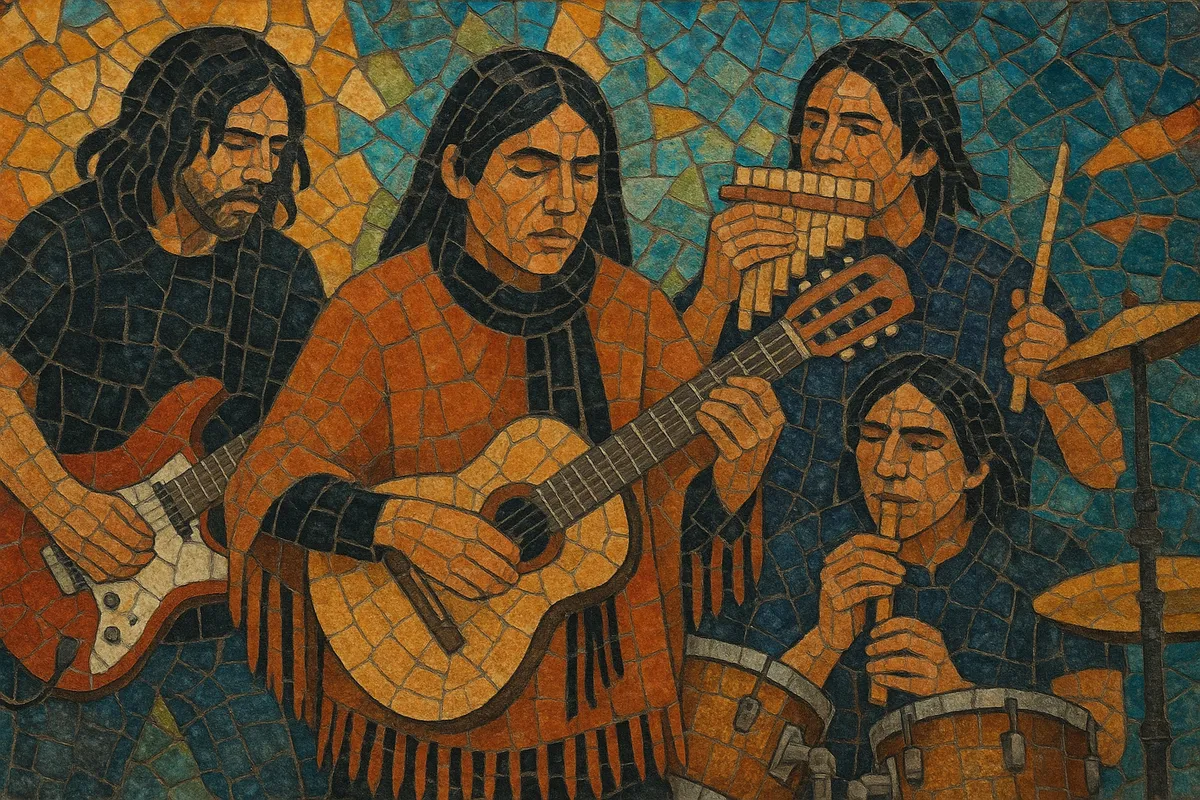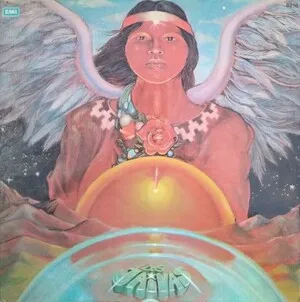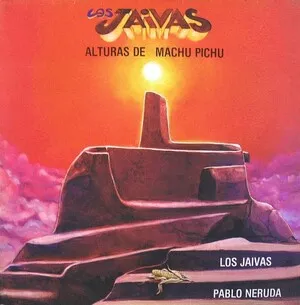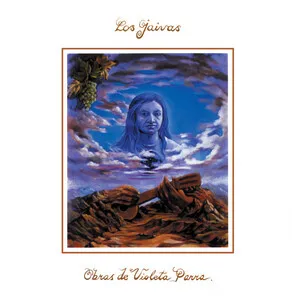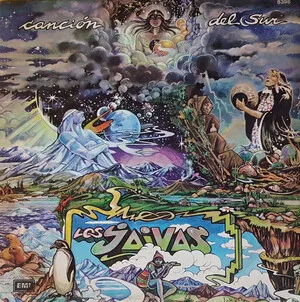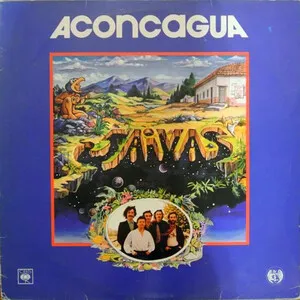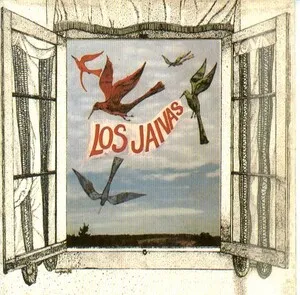Rock andino (Andean rock) is a fusion genre that blends the instrumentation, rhythms, and scales of Andean folk traditions with the timbres and song forms of rock.
Typical bands combine electric guitar, bass, drums, and keyboards with charango, quena and zampoña (panpipes), bombo legüero, and siku ensembles. The music often draws on rhythmic cells from huayno, tinku, saya, and other highland dances, while harmony and arrangements reflect progressive and psychedelic rock. Lyrics frequently address indigenous identity, nature, migration, and social justice, and may be sung in Spanish alongside Quechua or Aymara.
The result is a sound that can be both celebratory and contemplative: soaring panpipe lines and charango arpeggios ride atop rock grooves and extended, prog-influenced forms, creating a distinctly Andean take on rock that foregrounds cultural heritage.
Rock andino emerged as musicians in the Andes began fusing local folk traditions with the global language of rock. In Chile, bands such as Los Jaivas (founded in 1963) and Congreso (1969) started integrating quenas, zampoñas, and charangos into psychedelic and progressive rock settings. In Peru, El Polen (early 1970s) pioneered a warm, acoustic-leaning fusion with huayno rhythms and Andean instruments. In Bolivia, groups like Wara explored a heavier, prog-oriented sound that still centered on Andean melodic and rhythmic vocabularies.
The 1973 coup in Chile pushed many artists into exile, but the fusion matured abroad. Los Jaivas’ landmark work "Alturas de Macchu Picchu" (1981), based on Pablo Neruda’s poetry, crystallized an ambitious, symphonic approach to Andean rock. Across the region, the aesthetics of Nueva Canción—its social conscience and respect for indigenous traditions—informed the genre’s lyrical and cultural stance.
A new wave of Peruvian acts such as La Sarita and Uchpa brought freshness to the style, introducing harder guitars, blues and alt-rock inflections, and bilingual Spanish–Quechua vocals. Elsewhere, veteran bands refined their sound, while progressive groups like Frágil in Peru folded Andean colors into art-rock frameworks.
Rock andino continues as a living fusion, intersecting with indie, Latin alternative, and world music circuits. Younger artists leverage modern production while remaining faithful to Andean timbres and rhythms, and the genre’s bilingual and intercultural ethos resonates strongly in festivals and diaspora communities.
Use a standard rock rhythm section (drum kit, electric bass, electric or acoustic guitars, and optionally keyboards) and layer Andean instruments: charango for arpeggios and rhythmic strums; quena and zampoña/siku for lead lines and countermelodies; bombo legüero or caja for folkloric low-end.
Base grooves on huayno (often a driving duple feel with a characteristic lift), tinku (martial, accented 2/4), or saya (Afro-Bolivian, syncopated 4/4). Employ hemiola interplay (3:2) between melody and accompaniment, and let panpipes articulate off-beat accents to energize the groove.
Favor pentatonic and modal pitch collections typical of Andean melodies, with open fourths/fifths and parallel motion. Rock harmony can remain diatonic but allow modal mixture and suspended sonorities. Have guitars double or answer the charango; let quena or zampoña carry lyrical, soaring themes.
Combine rock song forms (verse–chorus–bridge) with progressive development: instrumental codas, thematic variations, and dynamic builds. Orchestrate antiphony between panpipe ensemble and electric guitar, and use textural contrasts—stripped charango/vocal verses versus full-band, overdriven choruses.
Write in Spanish and, where appropriate, incorporate Quechua or Aymara. Themes commonly include landscape, memory, community, and social justice. Vocals can be intimate and narrative, or anthemic with group choruses that invite audience participation.
Mic panpipes in pairs to capture stereo movement; tame harshness with gentle high-shelf EQ and de-ess breath noise. Blend charango close mics with a room mic for sparkle and body. Use warm, tape-like saturation on the rhythm section to glue acoustic and electric sources, and reserve wide reverbs for flute leads to evoke altitude and space.

